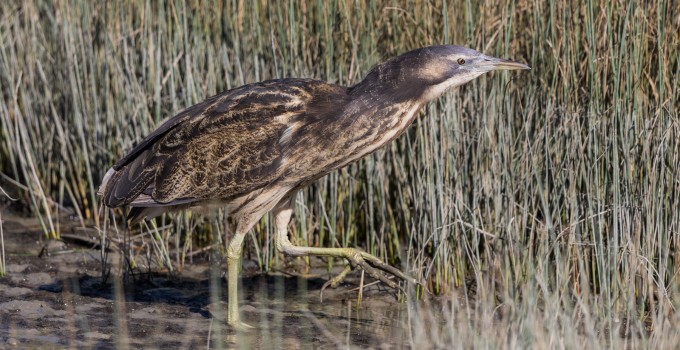LATEST NEWS
Entura celebrates biodiversity discoveries at Lagoon of Islands following restoration efforts
27 June, 2024
Entura is celebrating the return of a number of species of native fauna and flora to Tasmania’s Lagoon of Islands after more than 40 years.
Lagoon of Islands was dammed in 1964. The dam wall was removed in 2012 and rehabilitation efforts in the area began. Entura has been involved in its restoration since then, working alongside Hydro Tasmania to provide water quality and vegetation monitoring at the site.
Kevin Macfarlane, Entura’s Water Quality Consultant, who has been involved in the project from the start, said “After the dam wall came down and nature was left to run its course, the area began to rebound. It wasn’t long until I was finding zooplankton in the water I was sampling, which had returned rapidly and in abundance. I also found two large copepod species, which had only ever been found in two places before – a roadside puddle somewhere along South Arm, and a lagoon on Bruny Island.”
“The fact that these species sprang back with minimal intervention is a testament to how resilient these wetlands are, and the diversity of life they’re home to,” said Kevin.
The Australasian bittern, dubbed the ‘bunyip bird’ for its unique, gulping call, was recently heard in the area by bittern expert Geoff Shannon, who also spotted a mating pair with two chicks. With less than 1000 mature Australasian bitterns left in the wild, it marks a successful milestone for the lagoon’s recovery.

Australasian Bittern. Credit: By Imogen Warren – Own work, CC BY-SA 4.0, https://commons.wikimedia.org/w/index.php?curid=132850477
“The bittern is a nationally threatened species and there aren’t many records of them in Tasmania, but we know they were local to Lagoon of Islands before it was dammed,” said Raymond Brereton, Entura’s Team Leader of Environment and Planning.
“It’s exciting to see them return to the site, but particularly special to know they are breeding here again too.”
In addition to the return of the zooplankton and bittern, a plant that had previously formed a core part of the wetland’s reed mat, Baumea arthrophylla or ‘fine twig-sedge’, also began to recolonise the lagoon. With recovery efforts from Entura and Hydro Tasmania, the plant flourished, and in 2022 the wetland was declared self-sustaining and effectively rehabilitated.
The return of the bittern, zooplankton and copepods is testament to that, as is the rebound of several other plant and animal species, including Myriophyllum variifolium (variable water milfoil), Potamogeton cheesmanii (pondweed), Triglochin procera (water ribbons), Chorizandra enodis (black bristle sedge) and Ptunarra Brown butterflies (Oreixenica ptunarra).
“It was basically bare ground when we first started monitoring and now it’s almost 100% vegetation cover,” said Raymond. “We are fortunate to have observed its regeneration and are proud to have been part of facilitating that.”
Entura will continue to monitor the site to ensure its ongoing health.




